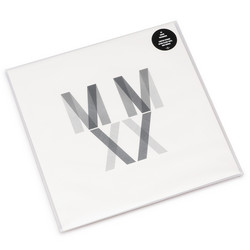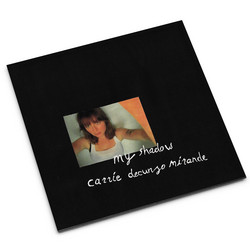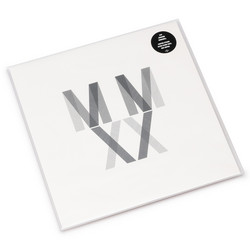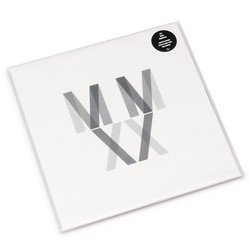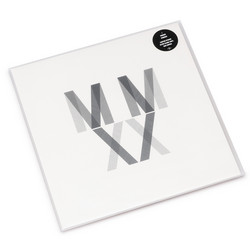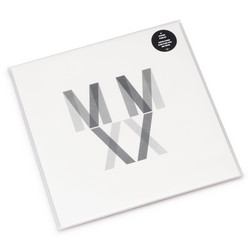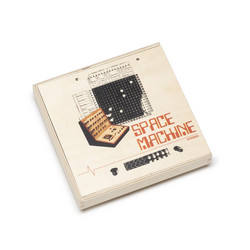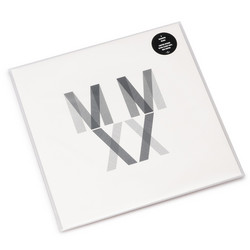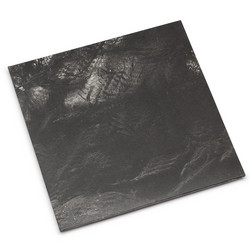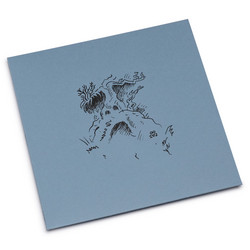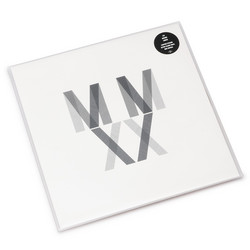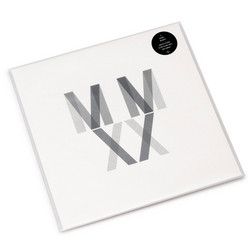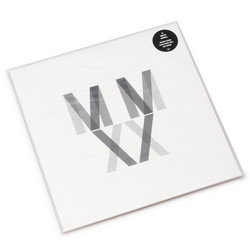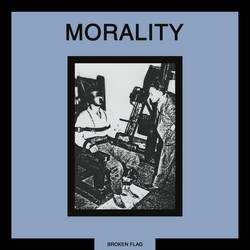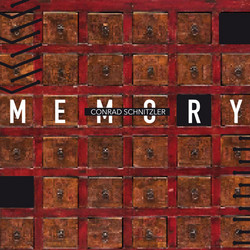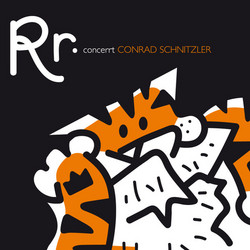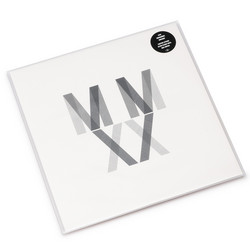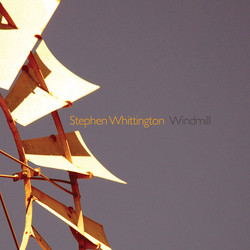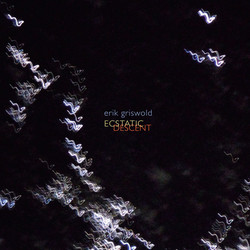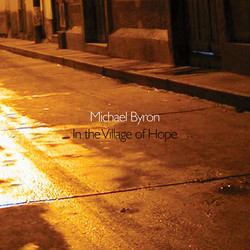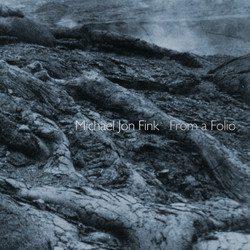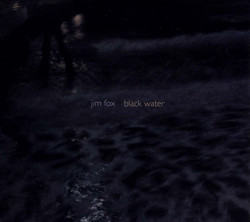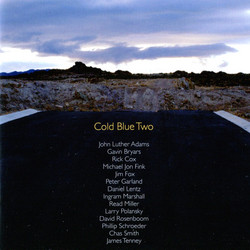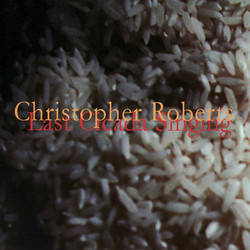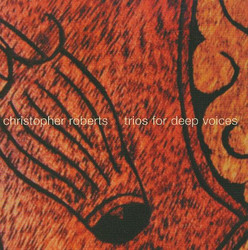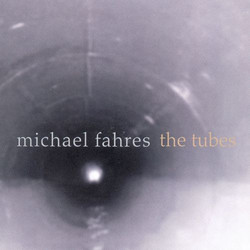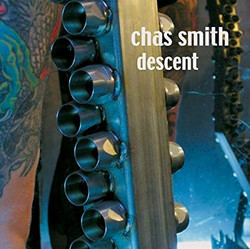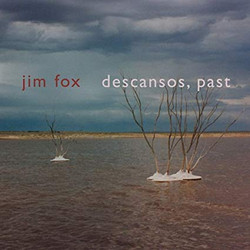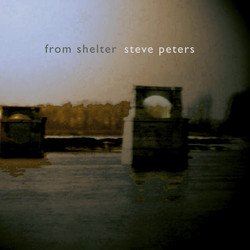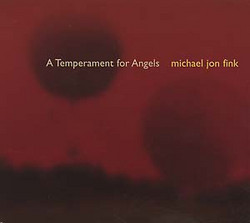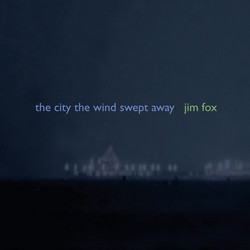Nicholas Chase's Bhajan, described by one critic as “a pas de deux between violin and electronics,” is in four joined/continuous sections. Influenced by many musics from around the globe, the work tantalizes and bewitches the ear with a breadth of sounds that ebb and flow as if guided by an elusive but inherent sense of logic. The composer performs its electronics/computer part while noted violinist Robin Lorentz (who has appeared on four previous Cold Blue CDs) propels the music compellingly, interacting with the array of synthesized and processed sounds occurring around her.
The composer writes, “‘Bhajan’ is the general term for any variety of Hindu devotional song, typically sung, with a strong melodic component. My work Bhajan…embodies ideas about temporal freedom, melodic non-structure, and fusions of musical genre, disparate ethnicities, and instrumental combinations, and explores…ideas about breath and timing I’ve come to through study of Hindu spiritual/Vedic thought on sound and sound’s role in the making of life. It is deeply influenced by Indian raga, and it resonates with the soundscapes of my Arab heritage, while tonally it remains, intentionally, within the Western classical vocabulary.
When I sit at my desk to compose, airplanes passing, trucks rumbling, trains bleating, birds, squirrels, and crickets chirping all find their way into my music. When I think of notes for the violin, that sound gets twuisted up with whatever else is happening in the world around me and comes to land on my desk in music like you hear on this recording.
Throughout Bhajan, the violinist’s performance has to be carefully nuanced in order for the computer’s output to have any life. If you listen carefully to ‘Drshti’ and ‘Bhajan,’ you will hear how the musical accompaniment (in ‘Drshti,’ the lead melodic line) exactly mirrors and is precisely shaped by the dynamic interpretation of the performer. Subtleties in articulation and dynamics as well as timbre combine to forge the end result—the ghost has a spirit, and that spirit is the performer.
“Bhajan was commissioned in 2011 by Robin Lorentz. Owing to severe health issues, Lorentz hadn’t been able to play for the few years prior to that. I composed Bhajan as a vehicle for her physical therapy. Robin eventually made a complete recovery, and continues to play today with as much strength and ability as she ever had. I’m grateful for her ongoing commitment to and rabid enthusiasm for the work and her wild encouragement as it unfolded between us. And I am grateful that she allowed me to contribute to her physical recovery.”
“Bhajan is a nice space to wander in. It is like one of those dreams in which you find yourself in a totally unfamiliar and yet comforting place…. The only thing that makes me sad about this release is the fact that it isn’t longer.”—Raymond Tuttle, Fanfare magazine
“Ms. Lorentz has a formidable resume as an acoustic violinist that includes the music of John Luther Adams, Daniel Lentz, Michael Jon Fink, Jim Fox, the California EAR unit as well as Jerry Goldsmith and Michael Jackson. To this must be added Bhajan, a masterly collaboration with the electronic music of Nicholas Chase. The art of ensemble playing with other acoustic musicians is, of course, a highly regarded virtue. The ability to play closely and sensitively with music realized by electronics must now be included in the arts of the acoustic musician. Ms. Lorentz and Nicholas Chase have set a standard in Bhajan that others would do well to emulate.” —Paul Muller, New Classic LA

